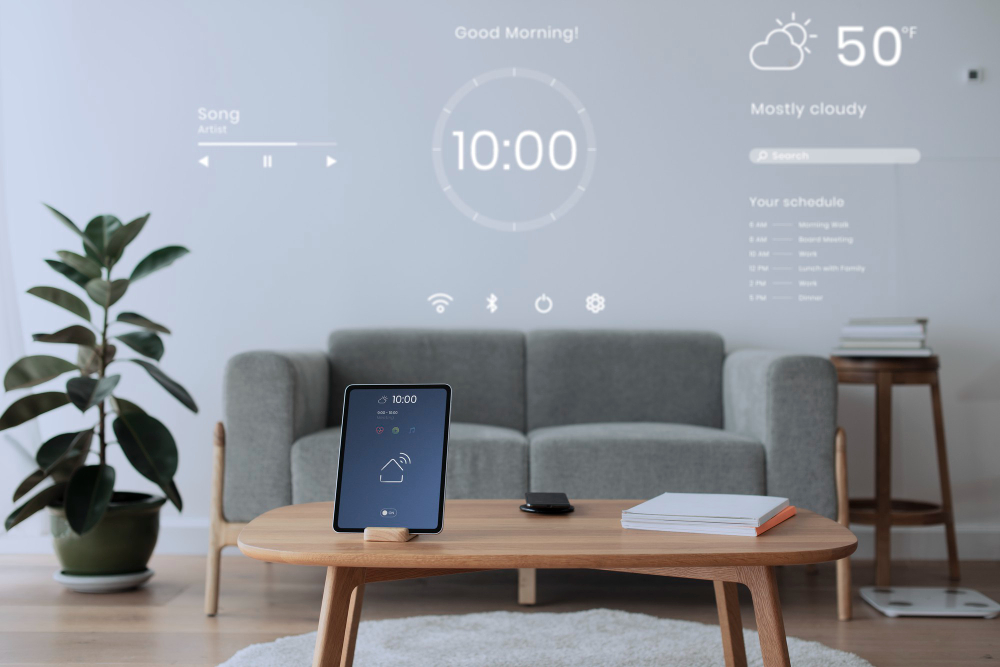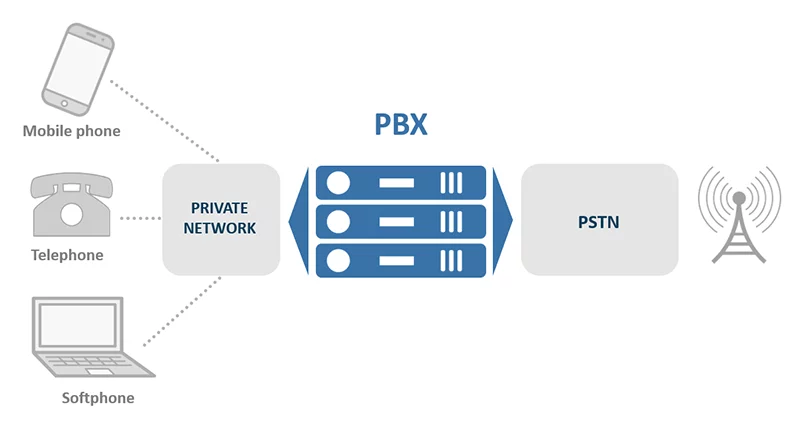Nowadays, AI, IoT, and automation are becoming increasingly important for most companies. The coronavirus pandemic popularized this tendency incredibly quickly. Moreover, because business and customer relationships, in general, are going online, the demand for advanced solutions is growing.
In addition to this factor, it is also essential to understand that customers are used to flawless service in today’s marketplace and will no longer settle for less. This forces business owners to carefully think through all the details for customer convenience:
- modernize and optimize websites and applications;
- enhance Magento on-site search;
- improve customer service;
- provide new and more advanced solutions.
Therefore, we can confidently state that automation and IoT are crucial elements for every company that wants to keep up with trends and remain successful in a highly competitive market.
This article will cover the top 5 automation & IOT trends in customer service relevant for 2023.
1. Expansion of Chatbot Usage
Chatbots based on artificial intelligence (AI) are essential for communication between brands and customers nowadays. It’s no surprise because they can independently perform many tasks:
- Answering FAQs from customers;
- Order tracking information provision;
- Recommending certain products for purchase;
- Resolving typical customers’ problems with no need to involve human employees;
- Assistance in navigating through the online platform;
- Connection with a human worker when more complex issues arise.
Chatbots are an important part of customer service automation. After all, they can assist on a 24/7 basis, without holidays or vacations. Smart chatbots can be implemented on websites and social networks to provide customers with maximum support on all platforms.
Below is an example of a chatbot from the Best Buy online store. As you can see, it can handle a wide range of tasks, including checking the order status, advising on the return and exchange policy, among other things.
2. Predictive Client Service
From wristbands and smartphones to vacuum cleaners and refrigerators, more and more smart devices are connected to each other in people’s homes.
So what are the ways to use IoT capabilities to improve customer service?
- Minimization of human’s involvement
Smart devices can do their job without requiring the user’s attention. For example, many robot vacuums, in addition to autonomous work, can even clean themselves from the collected dust.
- Collection and analysis of customer preferences
Collecting and processing information about the client from various connected devices makes it possible to predict his behavior and offer a more personalized experience. For example, based on the analysis of purchase history and sites visited, the user is offered relevant product selections.
- Tracking the condition of the device and its supplies
IoT helps monitor any errors or abnormalities in the operation of devices and notify the owner about them in time. Also, such technologies provide timely notifications that certain supplies are running out.
To give an example, let’s look at the Atomi Smart Coffee Maker. It uses Wi-Fi to connect with both Alexa and Google Assistant. In addition to many other advantages, it can send push notifications to the user’s smartphone when the coffee is ready.
Thus, it is clear that IoT capabilities allow providing the highest level of service to customers.
3. Maximum Automation
Automation is one of the main trends in customer service this year, and it will remain for 2023.
Two main directions can be considered within this term.
- Collaboration of different modern technologies such as AI, machine learning, robotic process automation, IoT, and others in order to increase the efficiency of customer service.
- Maximum automation of business processes to achieve a high level of flexibility and ensure competitiveness in the market.
Automation also allows us to optimize business processes, improve work quality, and reduce company expenses. It is also important that automation minimizes the workload of the company’s employees.
For example, robotic food-delivery robots gradually turn from a miracle into a daily reality. This photo features Russia’s Yandex driverless robots delivering food at U.S. colleges with GrubHub.
4. Omnichannel Approach
Today, all possible channels are widely used for communication with customers. This noticeably changes the approach to brands’ interactions with customers. Moving down the sales funnel, companies communicate with customers through different channels.
Most buyers engage with a brand through several shopping channels and often use a few devices. For example, a client can see the product on Instagram on their smartphone, switch to the online store, find out the information he needs through a chatbot. Then place an order on a laptop and pick up the order in an offline store.
According to statistics, by 2023, revenue from multichannel eCommerce sales in the U.S. should reach $575.62 billion. Therefore, it is essential to optimize the sales process so that the customer and the brand have as many touchpoints as possible.
What aspects should a business pay attention to provide a high level of customer service? Let’s list the main points.
- Quick reaction to clients’ questions from the managers or chatbots.
- Fast resolution of all kinds of customer issues.
- Ability to switch between channels without loss of communication history.
- Personalized approach based on previous order history and other information.
- Enabling customers to get the information they need without forcing them to communicate personally.
When implementing and developing a multichannel approach to sales, it is crucial to remember that all communication channels should be connected, instead of existing separately. The main goal should be a smart combination of offline and online channels. Indeed, this approach will be relevant in the upcoming years.
5. Widespread CRM Distribution
The process of omnichannel implementation would be impossible without using AI-powered customer relationship management (CRM) software. Some of the most popular ones are Adobe Sensei, IBM Watson, Microsoft Cognitive Services and Dynamics, Sugar CRM, Zoho, etc. It allows achieving impeccable customer service.
Among the main CRM tasks are the following:
- Fast and high-quality processing of customer requests;
- Keeping all data in one place;
- Optimization of the workflow;
- Tracking and analysis of client behavior throughout the sales funnel;
- Maximum opportunity to personalize the service.
Thus, modern CRMs are multipurpose platforms that maximize the quality of service. The demand for such solutions continues to grow rapidly, so the number of advanced AI and IoT-based solutions on the market is growing rapidly.
To Wrap Up
The future is all about innovation, which means that automation and IoT technologies will be more and more influential. Therefore, I would recommend thinking about how exactly you can take advantage of IoT technology in your business.
There is no doubt that those companies keeping their finger on the pulse and implementing the latest technology, optimizing their business processes, and improving customer service quality, will have a better chance of attracting new customers and retaining existing ones.

Alex Husar, chief technology officer at Onilab with 8+ years of experience in developing PWAs, Magento migration, and Salesforce development. He graduated from the Czech Technical University and obtained a bachelor’s degree in Computer Software Engineering. Alex’s expertise includes both full-stack dev skills and a strong ability to provide project-critical guidance to the whole team.















Leave a Reply